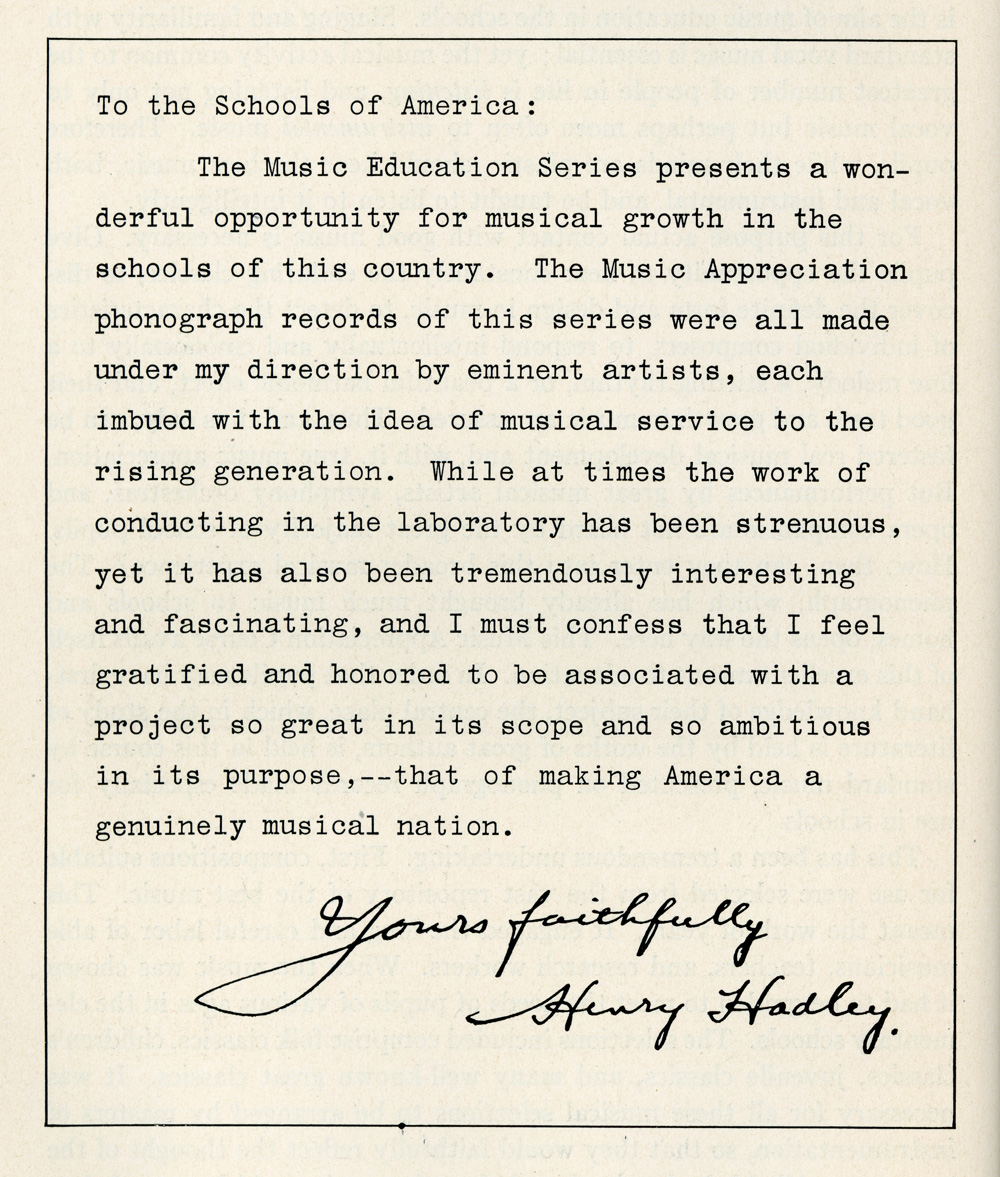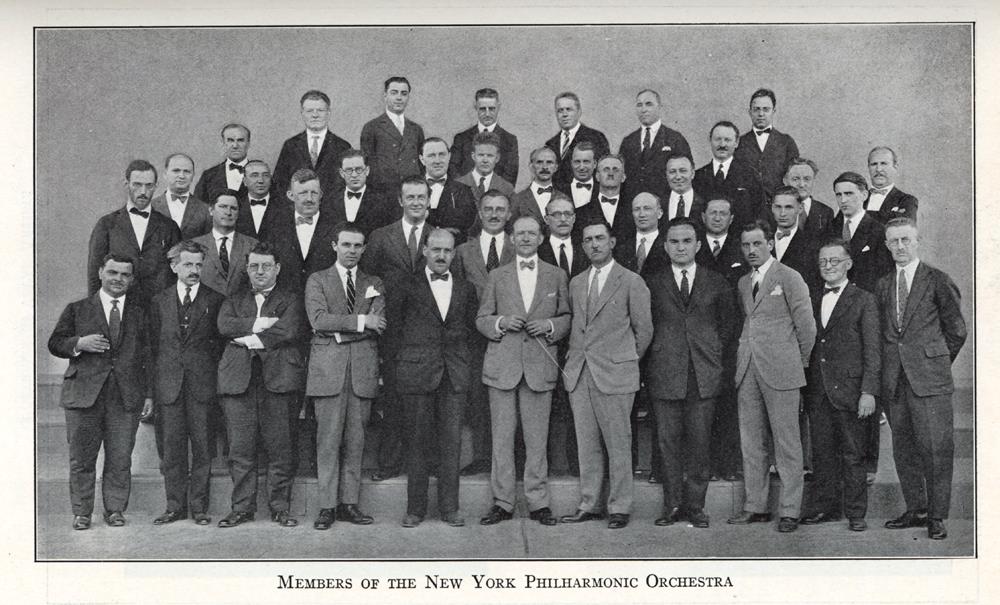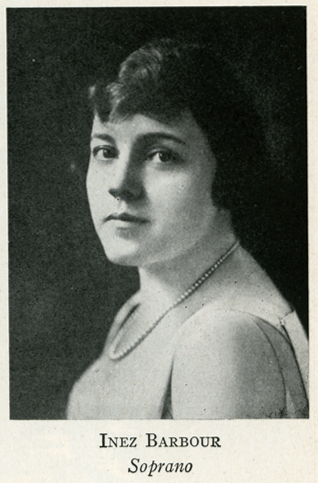The Ginn Educational Recordings
In 1926 Hadley made a set of sixty acoustical-process 78 rpm recordings (approx three minutes per side) with the New York Philharmonic for the large textbook firm Ginn and Company, to accompany Music Appreciation in the Schoolroom¹ . This remarkable work provides not only lesson plans keyed to the recordings, but also illustratrations and descriptions of the acoustical recording process, the orchestra (complete with personel list), and closeup photographs of principal players of the orchestra with their instruments, and composer biographies. Two and one half pages are devoted to describing phonograph players and how to use them; psychologist Henry T. Moore developed several pages of advice regarding students' abilities to comprend at various ages, and how to train them to approach music in various performance venues. Whether in a tough Brooklyn neighborhood school or in a one room rural school in Alaska, the world of concert music is revealed through both sound and images.
The recordings were made at the studio of the Gennett Records company, located at 11 East 37th Street New York, which also issued the recordings under its own label. Although new electrical recording processes with microphones and tube amplifiers were under development and undergoing testing, they were not yet satisfactory at the time².
Inez Barbour also participated, as a vocal soloist, along with contralto Nevada Van der Veer, baritone Frederick Baer, and tenor Theo Karle.
Thanks to Henry Hadley Facebook Page editor Eric Anderson for pointing out this source.
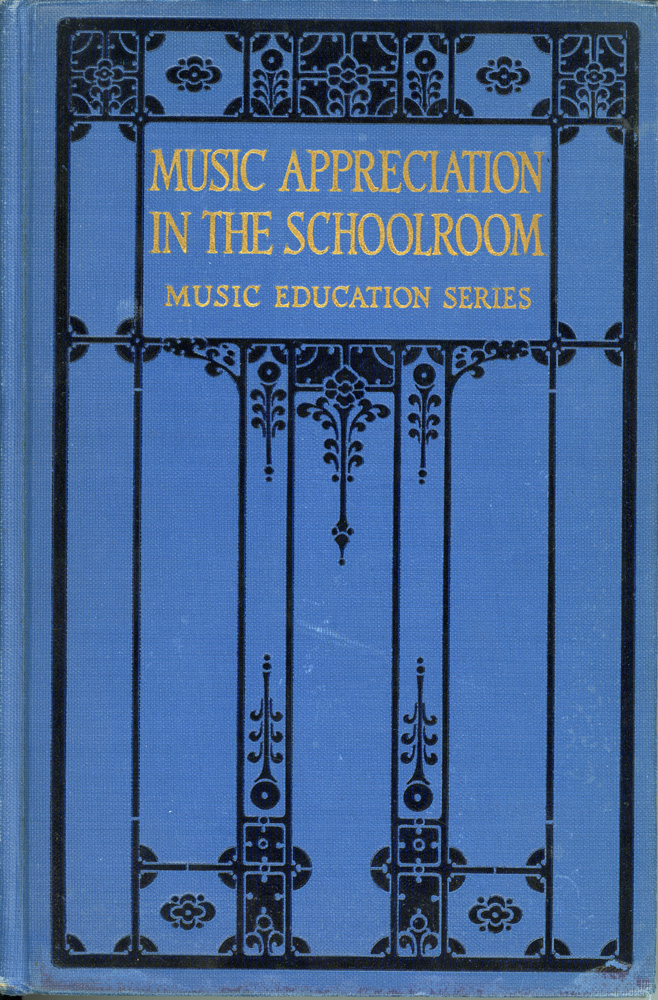
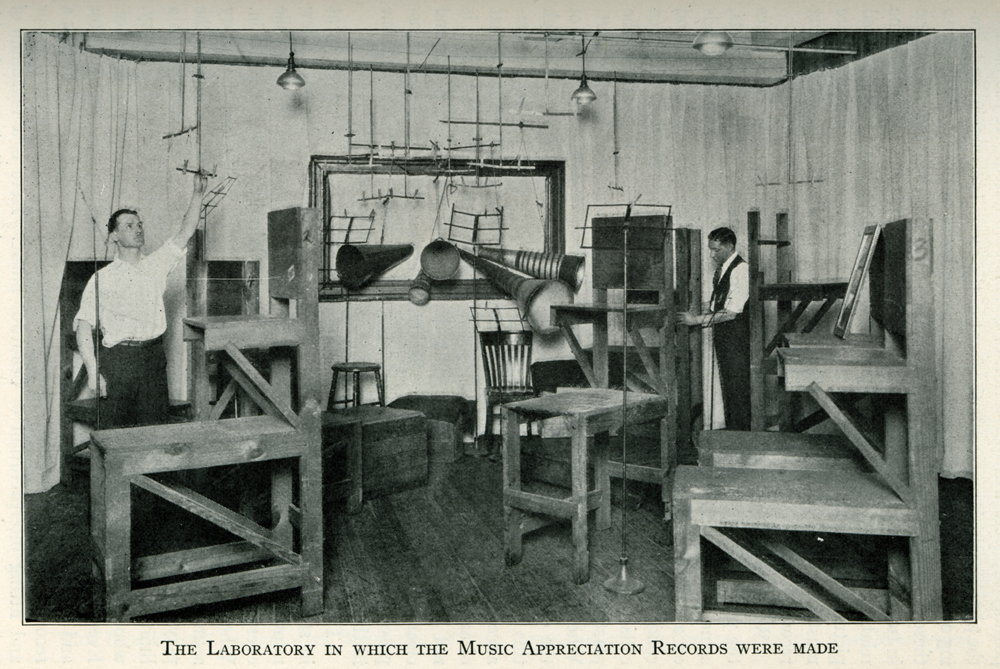
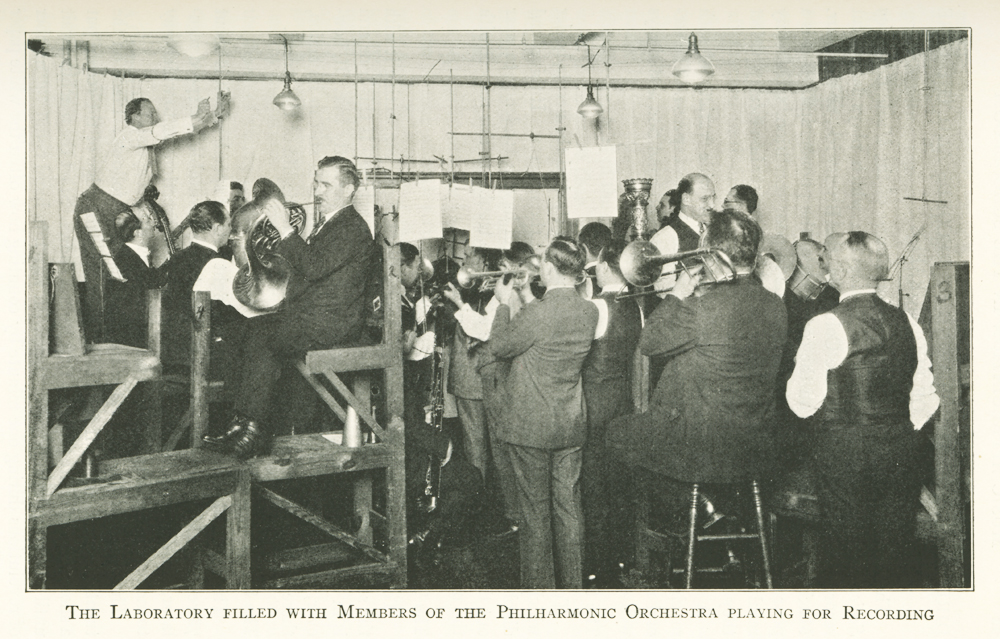
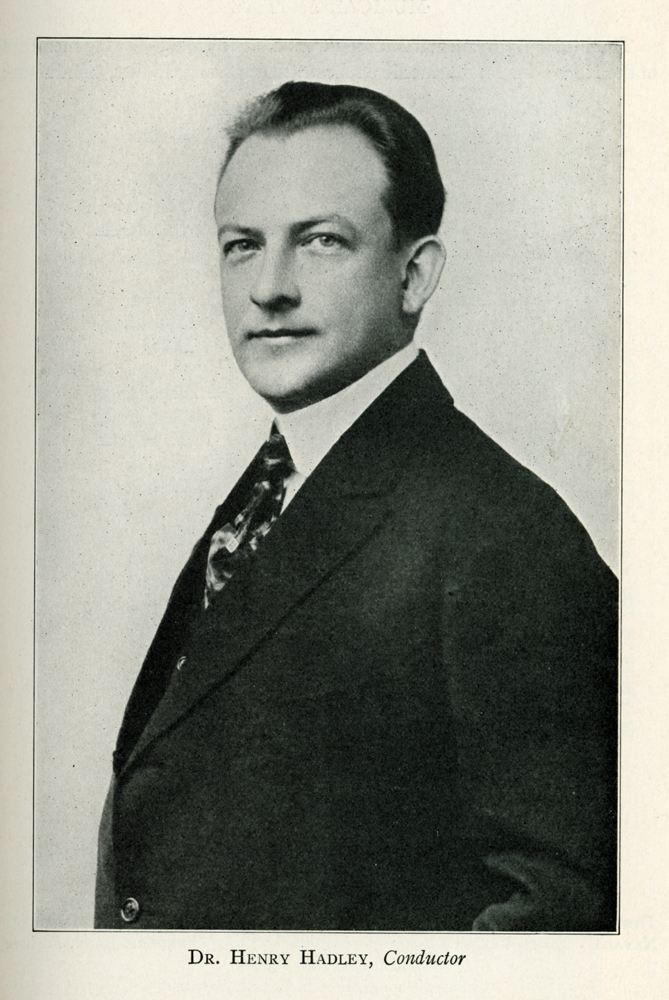
".. The picture.. shows two recording experts getting ready for the artists who are to perform. Everything that can possibly interfere with the perfect production of tone is eliminated. At the back of the picture, which represents the front of the room, is a curtain, and coming out from this curtain are horns of different sizes. Into these horns the artists must direct and concentrate their tones, for these are in turn focused on what is known as the “wax”, which has the same relation to the record as the photographer’s plate has to the finished picture. Each sound makes its impression on the wax; so of course there must be no other sounds in the laboratory while the music is being recorded.
When all is in readiness, the orchestra comes in and each player takes the position prepared for them by the “wax” men, some in high seats, some in low seats (note the bassoonist - ed.) and some standing. Dr. Hadley, the conductor, stands on a raised platform in the left-hand corner and conducts a final rehearsal of the music about to be recorded. He then calls for a “test” - that is, a test or trial record - to be made on the plastic wax which is behind the curtain and in charge of a “wax” expert. When this is completed, Dr. Hadley and others go into the room back of the curtain and listen as the test is played on the “wax”. Through this test they discover any faults that may have been in the performance. Perhaps one instrument is too prominent, whereas another may be too obscure; perhaps the balance of the orchestra is not just right; or it may be that the selection will sound better and clearer in a different key. If the key must be changed, each player transposes his part at sight, for each is an expert musician and there is no time in the laboratory to make new copies of different parts.
Thus after an hour or more, and many times it is much longer, spent in strenuous work, the conductor calls for a “master” record. A few minutes are spent in “tuning”, and then comes absolute silence, while everyone looks intently for the white signal light just above the curtain. When this flashes, it indicates that the “wax” is ready and that every sound will make an impression. The conductor lifts his baton and the players give their best, for they realize that they are playing not a limited audience, but to thousands of young people all over this country, whose musical taste may be influenced definitely by their performance. Every man, from the “wax” man and his assistant to the conductor and his group of players, is intent on the serious business of making a record wherein the mechanical medium shall worthily present a clear and fitting interpretation of beautiful music. Here is a maximum of nervous energy expended in tense concentration, applied to music with artistic results.³" Just four sides were recorded on Feb. 17, 1925¹, perhaps this was typical.
